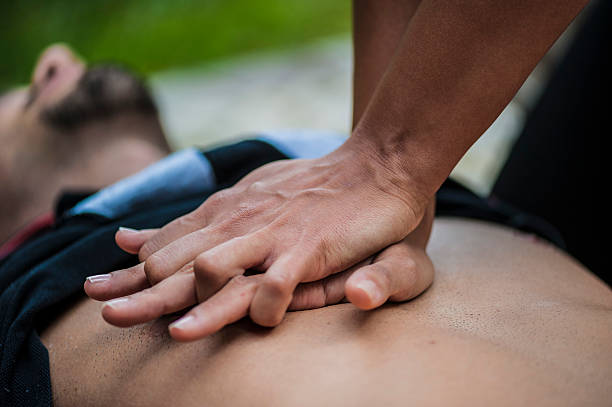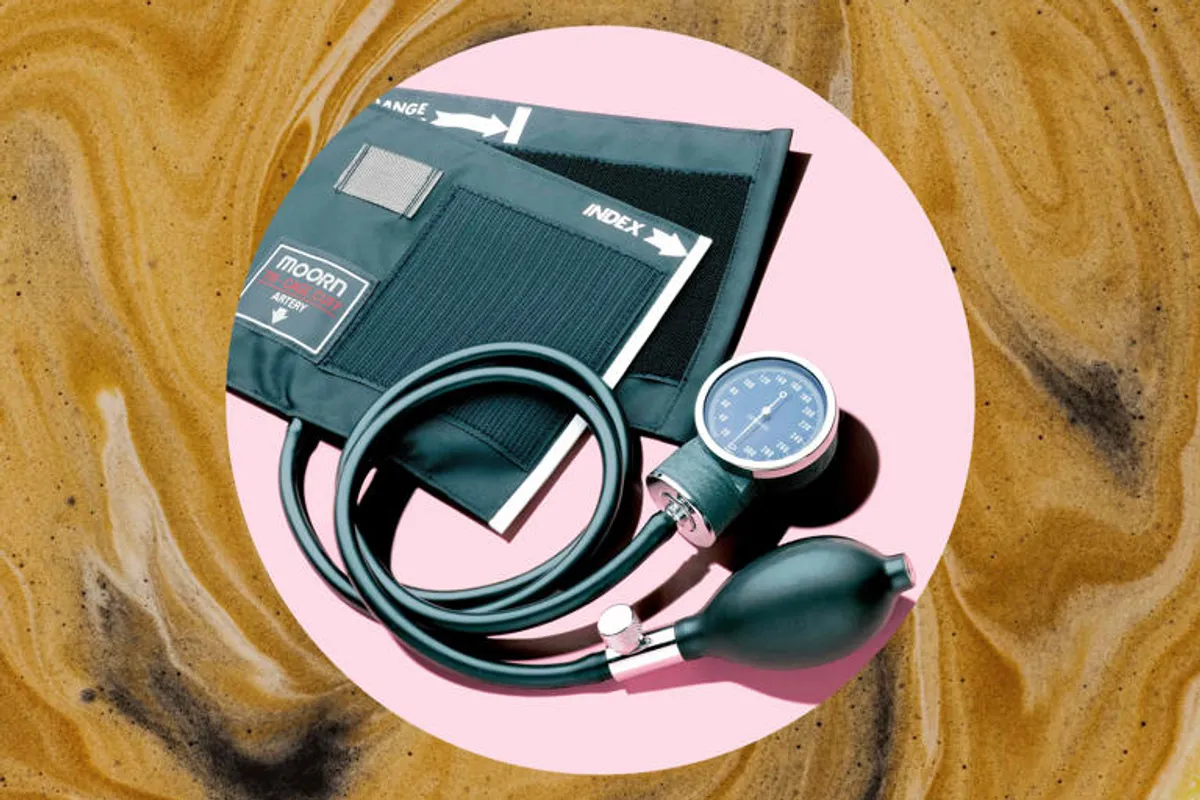
What to Do During a Heart Attack: Five Critical Steps That Could Save Your Life

GeokHub
Contributing Writer
Health experts are urging the public to know what to do in the event of a heart attack, a life-threatening emergency that requires immediate action. With cardiovascular disease remaining the world’s leading cause of death, understanding how to respond quickly and effectively during a heart attack could mean the difference between life and death.
Medical professionals say the most important thing is not to panic. Recognizing the symptoms early and acting fast is critical. A heart attack occurs when blood flow to the heart muscle is severely reduced or blocked, usually due to a buildup of fat, cholesterol, and other substances.
Here are five essential steps recommended by cardiologists and emergency responders:
1. Call emergency services immediately.
If you or someone nearby is experiencing chest pain, pressure, shortness of breath, or discomfort in the arms, jaw, neck, or back, call emergency services right away. Delaying treatment increases the risk of permanent heart damage or death.

2. Stop all activity and rest.
Sit or lie down and remain calm. Avoid walking or exerting yourself, as this increases the heart’s demand for oxygen and can worsen the damage.

3. Take aspirin, if available.
Chewing a standard 325 mg aspirin can help thin the blood and improve flow to the heart. This should only be done if the person is not allergic to aspirin and has no history of bleeding disorders. Aspirin is not a substitute for emergency care but can provide critical support until help arrives.

4. Use nitroglycerin if prescribed.
If the person has a prescription for nitroglycerin, it should be taken as directed. This medication helps widen blood vessels and ease heart strain.

5. Perform CPR if the person becomes unresponsive.
If the person collapses and stops breathing, begin chest compressions immediately. Push hard and fast in the center of the chest at a rate of 100–120 compressions per minute until professional help arrives.

Doctors emphasize that time is muscle—the faster a heart attack is treated, the more heart muscle is saved. The first hour, often called the “golden hour,” is especially critical for survival and recovery.
Health agencies continue to encourage people to learn CPR and become familiar with the signs of a heart attack. Early recognition and intervention can dramatically increase survival rates and reduce long-term complications.
For more health safety updates, follow local emergency health advisories or contact your nearest hospital.







